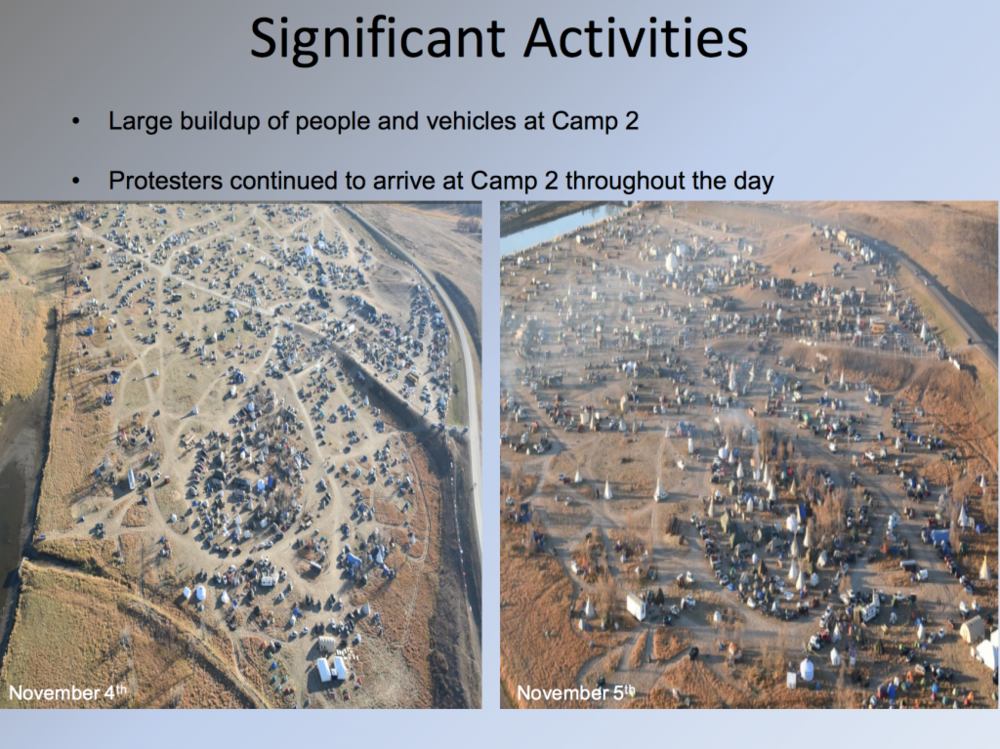New York high school will use CCTV and facial recognition to enforce discipline
Next year, high schools in Lockport New York will use the “Aegis” CCTV and facial recognition system to track and record the interactions of students suspected of code of conduct violations, keeping a ledger of who speaks to whom, where, and for how long.
The record will be used to assemble evidence against students and identify possible accomplices to ascribe guilt to.
Lockport Superintendent Michelle T. Bradley justified the decision by noting, “We always have to be on our guard. We can’t let our guard down.”
Lockport will be the first school district in the world to subject its students to this kind of surveillance. The program will cost $1.4m in state money. The technology supplier is SN Technologies of Ganonoque, Ont., one of the companies in the vicinity of Kingston, Ontario, home to the majority of the province’s detention centers.
The Lockport district says that the system will make students safer by alerting officials if someone on a sex-offender registry or terrorist watchlist enters the property. None of America’s school shootings or high-profile serial sex abuse scandals were carried out by wanted terrorists or people on the sex-offender registry.
Deployed law-enforcement facial recognition systems have failure rates of 98%. The vendor responsible for Aegis would not disclose how they improved on the state of the art, but insisted that their product worked “99.97% of the time.” The spokesperson would not disclose any of the workings of the system, seemingly believing that doing so was antithetical to security.




 “Data-driven policing means aggressive police presence, surveillance, and perceived harassment in those communities. Each data point translates to real human experience, and many times those experiences remain fraught with all-too-human bias, fear, distrust, and racial tension. For those communities, especially poor communities of color, these data-collection efforts cast a dark shadow on the future.”
“Data-driven policing means aggressive police presence, surveillance, and perceived harassment in those communities. Each data point translates to real human experience, and many times those experiences remain fraught with all-too-human bias, fear, distrust, and racial tension. For those communities, especially poor communities of color, these data-collection efforts cast a dark shadow on the future.”